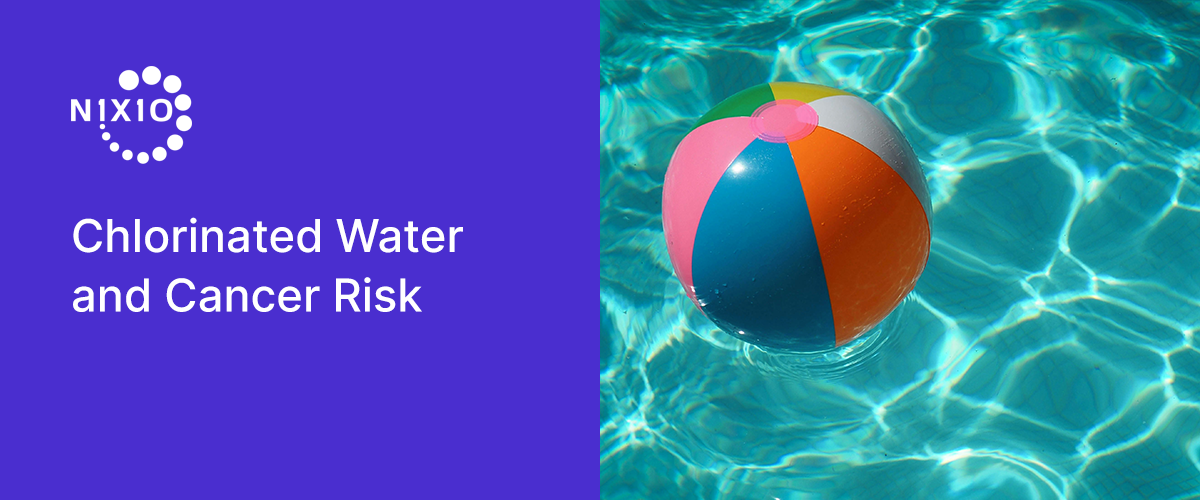March 2025 | George M. Pikler, M.D., Ph.D., FACP, Lead Oncology Advocate N1X10
Drinking water is an important part of our diet that, in some form, is consumed daily by essentially everyone in the population. Hence, assuring that the public drinking water maintains a high standard is important for public health. Chlorination is a cheap, effective, and readily available method for preventing waterborne infectious disease, such as typhoid and cholera, and is widely adopted across the globe.
The chlorination process, however, comes with trade-offs. When chlorine is added to water, it reacts with organic compounds, like decaying plant material, to create any number of hundreds of potentially toxic byproducts. The most prevalent class of by-products in chlorinated drinking water is the trihalomethanes (THMs). Studies have confirmed that three out of the four most common THMs (chloroform, bromoform, bromodichloromethane, and dibromochloromethane) have carcinogenic properties. The sum of these four THMs is currently regulated in drinking water to not exceed 80 parts per billion (ppb) in the US and 100 ppb in the European Union. New research points to increased cancer risks at levels as low as 40ppb.
A meta-analysis of observational studies at the Karolinska Institute in Sweden, looked at data from about 30 studies and 90,000 participants and their exposure to THMs. Of the 14 different cancers evaluated, bladder cancer and colorectal cancer were eligible for meta-analysis. The overall results showed a statistically significant 33% and 15% increased risk of bladder cancer and colorectal cancer, respectively, when comparing the highest with the lowest category of THM exposure. In the dose–response meta-analysis, the RRs for bladder cancer were statistically significant at THM concentrations of 41ppb and higher. The findings suggest that the 80 ppb in the US and 100ppb in the EU may not be sufficient to protect against bladder cancer in the general population.
The findings create a difficult tension for regulators. Surface water typically has higher THM levels than groundwater because it has more organisms and organic matter for the disinfectants to react with. Water utilities could clean some of the organic matter out of the water before disinfecting, and it is also potentially possible to lower the amount of chlorine added, but “it’s really important not to use too little disinfectant”, said Emilie Helte, a lead author of the study. Alternatives such as treating the water with ultraviolet light or installing new filtration systems are also possible but are expensive. She stressed that people should continue to drink municipal water. Granulated activated carbon is among the best filtration systems that can be used at home to remove the contaminants.


